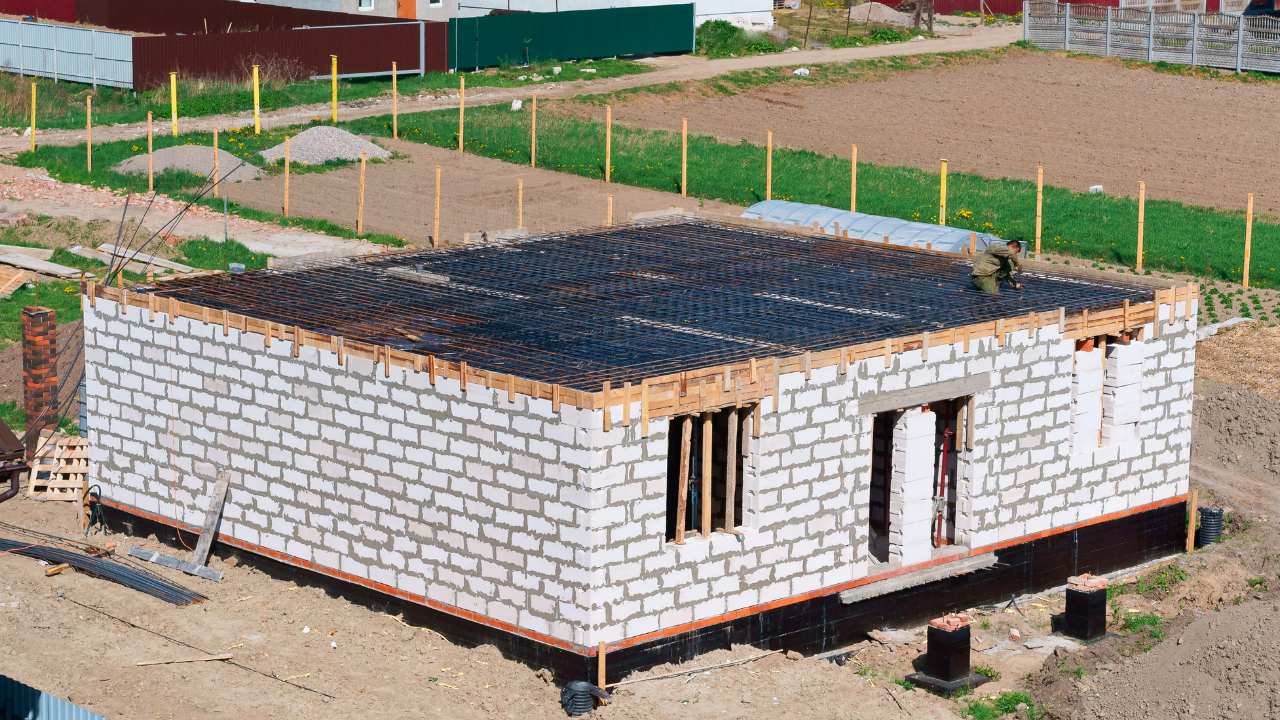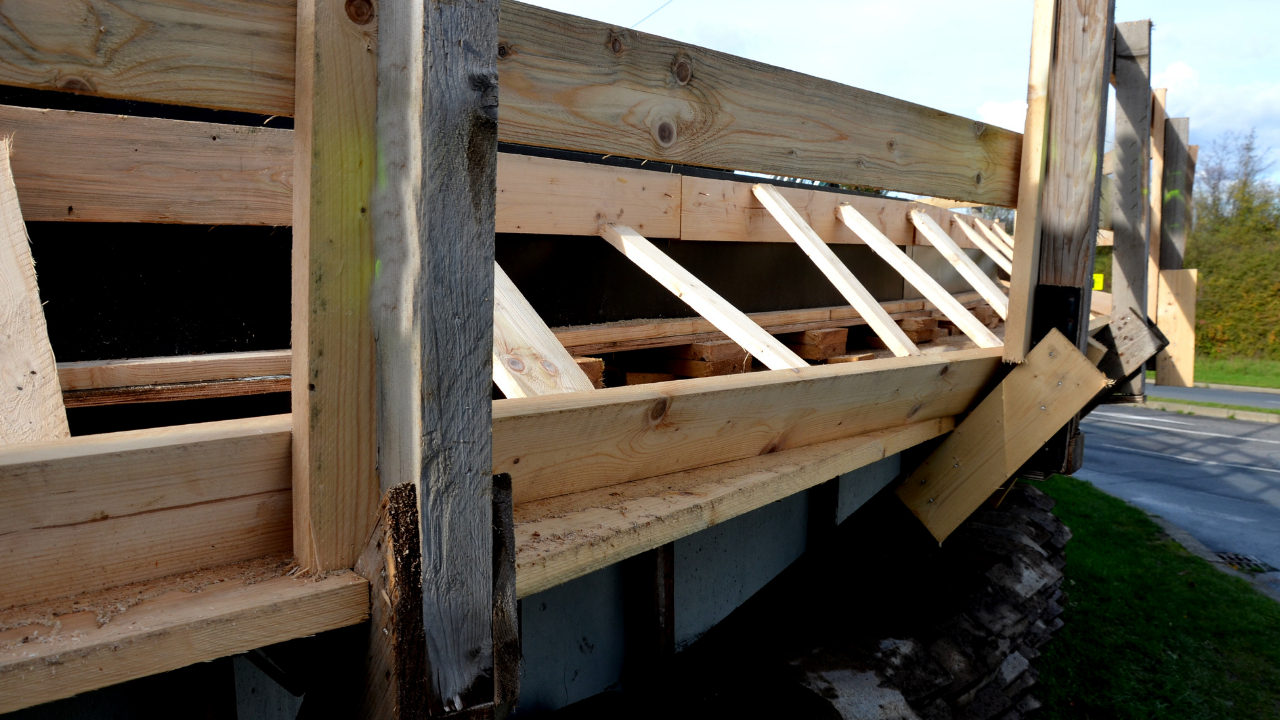One of the critical steps in constructing a home is establishing a robust and durable foundation. The depth of the foundation plays an essential part in maintaining the structure’s stability and durability. Determining the ideal depth isn’t a random guess but is guided by several factors such as local building codes, soil types, the local climate, and the kind of foundation to be used. In this article, we will dig deeper into these considerations and explore the methodology to determine the optimal foundation depth for a house.
Meeting the Codes: Adherence to Building Regulations
Building codes are regulations designed by local or regional authorities to assure the safety, health, and efficiency of buildings. These codes can govern various aspects, including the depth of your foundation, the materials used, and the load that the foundation should support.
Typically, the building codes necessitate that a house’s foundation is deep enough to reach the frost line. The frost line refers to the deepest point in the ground where soil water freezes. It is vital to prevent ‘frost heaving’, a phenomenon where the soil expands and contracts due to freezing and thawing, causing potential movement and cracking of the foundation.
However, the depth of the frost line is subject to the geographical location. In warmer southern regions, it may be less than a foot deep, while in colder northern regions, it could be several feet deep. Therefore, it is essential to consult local building codes or hire a competent contractor to ensure compliance with the necessary requirements.
Soil Analysis: The Role of Soil Type in Foundation Depth
The type of soil present on your site significantly affects the required foundation depth. Different soils have distinct abilities to bear weight and withstand environmental conditions, thereby influencing the depth and type of foundation required.
For instance, clay soil, known to expand and contract dramatically with changes in moisture content, can cause the foundation to shift or crack. In this case, a deeper foundation may be necessary to reach a more stable soil layer. On the other hand, sandy soil, which doesn’t retain water well but is relatively stable, often requires a shallower foundation.
Understanding the type and properties of your soil is a job for professionals. Soil engineers conduct a soil test, providing essential information about the soil’s composition, bearing capacity, and potential for volume changes. These insights guide the depth and design of the foundation, ensuring it is tailored to the specific ground conditions.
Climate Considerations: Factoring in the Local Weather
The local climate, particularly temperature and precipitation patterns, has a significant impact on foundation depth. As mentioned earlier, freezing and thawing cycles can lead to soil movement, and the depth at which this occurs (the frost line) must be considered.
Moreover, regions prone to heavy rainfall may require deeper foundations. Excessive moisture can lead to soil instability, with the potential for erosion or landslides. A deeper foundation can help mitigate these risks by reaching more stable, unaffected soil layers.
On the contrary, in arid regions with scanty rainfall, shallower foundations may be sufficient, although other factors such as soil type and the weight of the planned structure need to be considered.
Foundation Choices: Depth Based on Foundation Types
The type of foundation chosen for a home also influences its depth. The three primary types of foundations are slab, crawlspace, and basement foundations.
- Slab Foundations: Slab foundations are usually shallow, often about a foot deep, making them cost-effective and quick to install. They are ideal for areas with a high water table or for those who do not require the additional storage or living space provided by a basement.
- Crawlspace Foundations: Crawlspace foundations typically have a depth of around 3 feet, although this can vary. They elevate the house from the ground, providing a space (crawlspace) between the ground and the bottom of the home. This type of foundation is commonly used in damp climates to prevent moisture problems.
- Basement Foundations: Basement foundations are the deepest residential foundations, usually extending 7 to 10 feet below the ground. Apart from providing a robust foundation, they also create additional living or storage space.
In summary, the depth of a home’s foundation isn’t a standard measurement. It should be determined based on individual cases, taking into account local building codes, soil type, climate, and the selected foundation type.
Final Thoughts
Determining the correct depth for a house’s foundation is a multifaceted process involving multiple factors. While it might seem overwhelming, understanding these considerations and working with professionals can help establish a strong and enduring foundation. After all, a house is only as secure as its foundation, and a well-laid foundation can stand the test of time, offering a secure base for your home for years to come.
Source: itishouse.com





